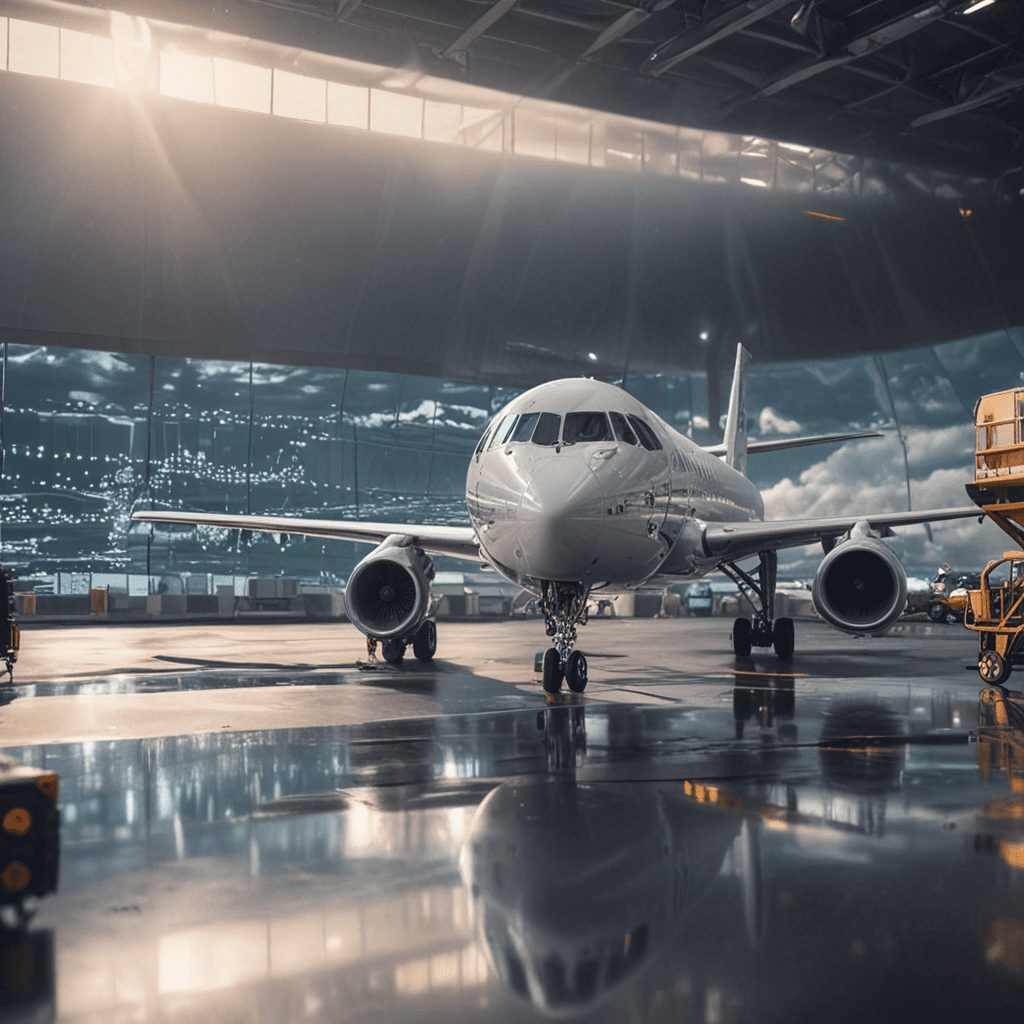The Future of Autonomous Delivery Systems: Exploring the Benefits and Challenges
Introduction
Autonomous Delivery Systems are revolutionizing the way goods are transported and delivered. With advancements in technology, the concept of self-driving vehicles delivering packages to customers’ doorsteps has become more than just a far-fetched idea. In recent years, there has been a growing interest and investment in this innovative solution, as businesses aim to enhance delivery efficiency, reduce costs, and improve customer satisfaction. In this article, we will delve into the key concepts of Autonomous Delivery Systems and explore the potential future of this transformative technology.
Key Concepts of Autonomous Delivery Systems
Autonomous Delivery Systems involve the use of unmanned vehicles, such as drones or autonomous robots, to transport and deliver goods. These systems rely on various technologies, including artificial intelligence, computer vision, machine learning, and sensor fusion, to navigate and interact with the surrounding environment. Here are some key concepts related to Autonomous Delivery Systems:
- Vehicle Autonomy Levels: Autonomous vehicles are categorized into different levels based on their level of automation. The Society of Automotive Engineers (SAE) defines five levels, ranging from Level 0 (no automation) to Level 5 (fully autonomous). Delivery systems typically operate at Level 4, where vehicles can perform all driving tasks without human intervention within specific operational domains.
Last-Mile Delivery: Last-mile delivery refers to the final leg of the delivery process, where goods are transported from a local distribution center to the customer’s doorstep. This stage is often the most time-consuming and expensive part of the delivery chain. Autonomous Delivery Systems aim to tackle this challenge by offering quick and efficient last-mile deliveries using self-driving vehicles or drones.
Drone Delivery: Drones have emerged as a promising solution for autonomous delivery. With their ability to fly directly to destinations, they can bypass traffic congestion and deliver packages faster. Drone delivery services have shown great potential in remote areas, urgent medical deliveries, and short-distance deliveries of lightweight items.
Autonomous Robots: Another key concept in Autonomous Delivery Systems is the use of autonomous robots for ground-based deliveries. These robots are designed to navigate sidewalks, crossroads, and pedestrian-heavy areas while carrying packages. They can operate autonomously or with remote human assistance, ensuring safe interactions with the surrounding environment.
Future of Autonomous Delivery Systems
The future of Autonomous Delivery Systems is promising, with several advancements and possibilities on the horizon. Here are some tips on what we can expect:
- Increasing Operational Efficiency: As technology evolves, Autonomous Delivery Systems will become more efficient, leading to faster and more reliable deliveries. These systems can optimize routes, avoid traffic congestion, and deliver items more accurately based on real-time data, enhancing the overall delivery experience.
Enhanced Safety Measures: Safety is paramount in Autonomous Delivery Systems. Future developments will focus on improving vehicle-to-vehicle and vehicle-to-pedestrian detection and collision avoidance systems. This will ensure safe interactions and minimize the risk of accidents while delivering goods.
Expanding Delivery Range: Initially, Autonomous Delivery Systems may be limited to certain areas or restricted to specific types of goods. However, in the future, we can expect these systems to expand their delivery range, covering larger areas and delivering a wider range of goods, including groceries, medication, and even larger items.
Integration with Smart City Infrastructure: As cities become smarter and more connected, Autonomous Delivery Systems can leverage existing infrastructure like smart traffic lights and sensors to optimize delivery routes and reduce travel times. This integration will further enhance delivery efficiency and reduce environmental impact.
Customer Convenience: Autonomous Delivery Systems will prioritize customer convenience by offering flexible delivery options. Customers might be able to schedule deliveries at their preferred time, track deliveries in real-time, and even provide specific delivery instructions to ensure a seamless experience.
FAQs about Autonomous Delivery Systems
Q: Are there any legal or regulatory challenges for Autonomous Delivery Systems?
A: Yes, the deployment of Autonomous Delivery Systems faces legal and regulatory challenges. These include airspace regulations for drones, liability concerns, privacy issues, and the need for standardized guidelines and safety certifications.
Q: What are the potential benefits of Autonomous Delivery Systems?
A: Autonomous Delivery Systems offer numerous benefits, including increased delivery efficiency, reduced costs, improved accessibility, reduced road congestion, minimized carbon emissions, and enhanced customer satisfaction.
Q: Will Autonomous Delivery Systems replace human delivery personnel?
A: While Autonomous Delivery Systems have the potential to automate certain aspects of delivery, they are not expected to completely replace human delivery personnel. Humans will still play a crucial role in managing and maintaining these systems, handling exceptional situations, and providing personalized services.
Conclusion
Autonomous Delivery Systems represent an exciting future for the logistics and delivery industry. With their potential to enhance efficiency, reduce costs, and improve the overall delivery experience, they have garnered significant interest and investment. As technology advances and regulatory frameworks evolve, we can expect Autonomous Delivery Systems to become more prevalent, transforming the way we receive goods and setting the stage for a more connected and convenient future. Embracing this technology will not only benefit businesses but also contribute to a greener and more sustainable delivery ecosystem. So, keep an eye out for the autonomous vehicles and drones that might be delivering your packages in the near future!


